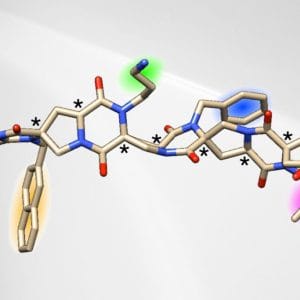Introduction to Neurotechnological Advancements
The integration of technology and human biology is becoming increasingly sophisticated, with neurodegenerative diseases being a primary focus for innovation. As the CEO of Subsense notes, the goal is to “completely change interaction with the digital world.” This vision is grounded in the development of technologies that can hack the brain, essentially creating a seamless synergy between human cognition and digital systems.
Understanding the Challenge of Neurodegenerative Diseases
Neurodegenerative diseases, such as Alzheimer’s and Parkinson’s, affect millions worldwide, with statistics indicating that over 50 million people suffer from dementia alone, a number expected to triple by 2050. The economic and societal impacts are profound, with estimated annual costs exceeding $1 trillion. The challenge lies in understanding and addressing the complex interplay of factors contributing to these diseases, including genetic, environmental, and lifestyle influences.
The Role of Technology in Treatment and Prevention
Technological advancements, particularly in the field of neurotechnology, offer promising avenues for both treating and preventing neurodegenerative diseases. Brain-computer interfaces (BCIs), for example, enable people to control digital devices with their thoughts, potentially improving the quality of life for those with severe motor impairments. Furthermore, neurostimulation techniques like transcranial magnetic stimulation (TMS) and transcranial direct current stimulation (tDCS) have shown efficacy in managing symptoms of depression and other neurological conditions.
Forging Synergy Between Technology and Human
The concept of “complete synergy between technology and human” involves creating interfaces that are not only intuitive but also enhance human capabilities without being obtrusive. This can be achieved through wearable devices that monitor vital signs and brain activity, providing real-time feedback to improve cognitive function and emotional well-being. Additionally, virtual reality (VR) and augmented reality (AR) technologies are being explored for their therapeutic potential, including stress reduction and rehabilitation.
Key Findings and Innovations
Some of the key findings and innovations in this field include:
– Personalized medicine approaches tailored to individual genetic and neurological profiles.
– Artificial intelligence (AI) in diagnosing neurodegenerative diseases at early stages, with accuracy rates exceeding 90% in some studies.
– Stem cell therapies showing promise in repairing damaged neural tissue.
Moving Forward: Future Perspectives
As we look to the future, it’s clear that the intersection of technology and neuroscience holds tremendous potential for improving human life. With investments in neurotechnology increasing by 20% annually, the pace of innovation is accelerating. The challenge now is to ensure that these advancements are accessible and beneficial to all, addressing the complex ethical and societal implications that arise from hacking the brain and redefining human interaction with the digital world. Ultimately, the goal of creating a seamless synergy between humans and technology is not just about changing how we interact with the digital world but about enhancing our very humanity.














